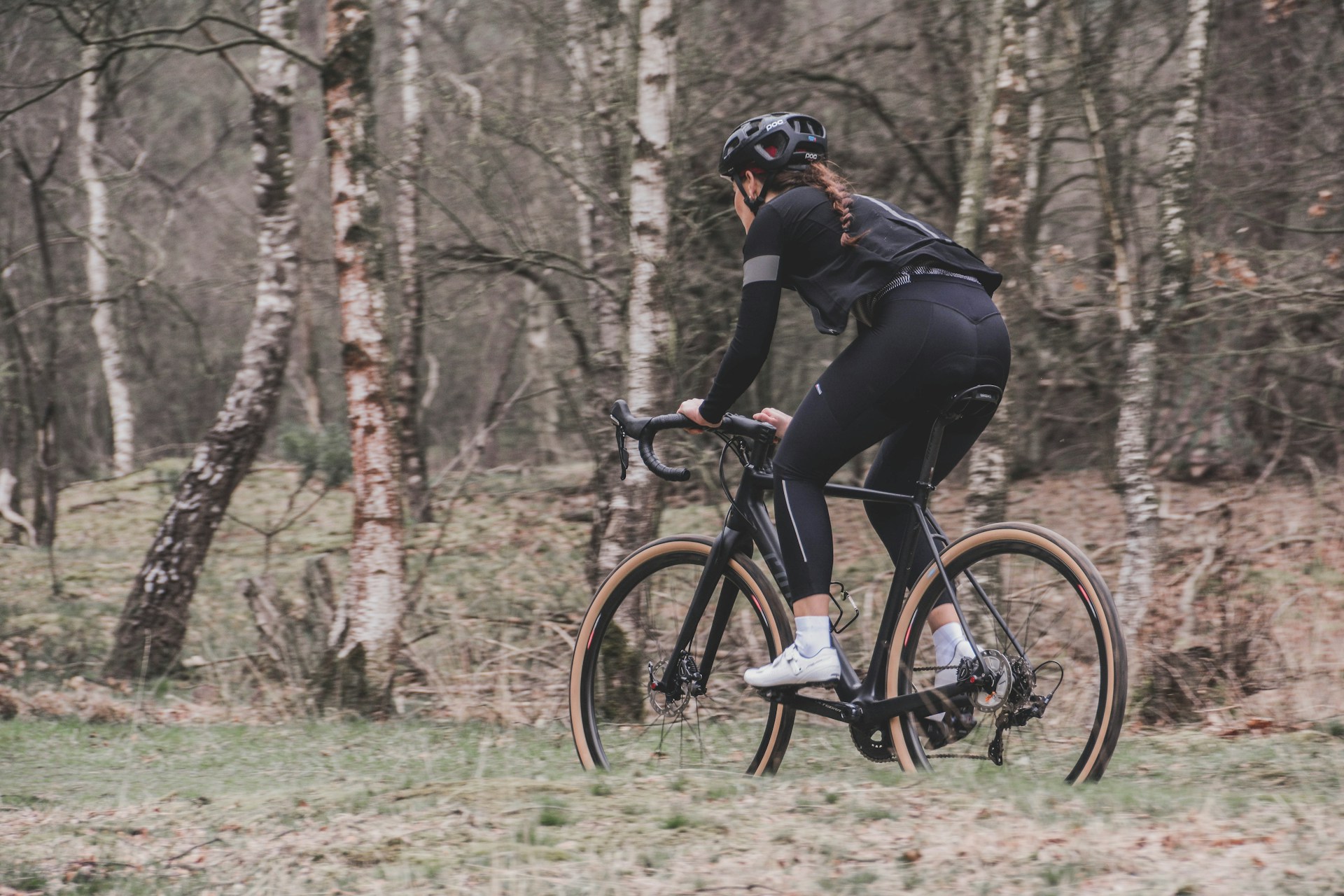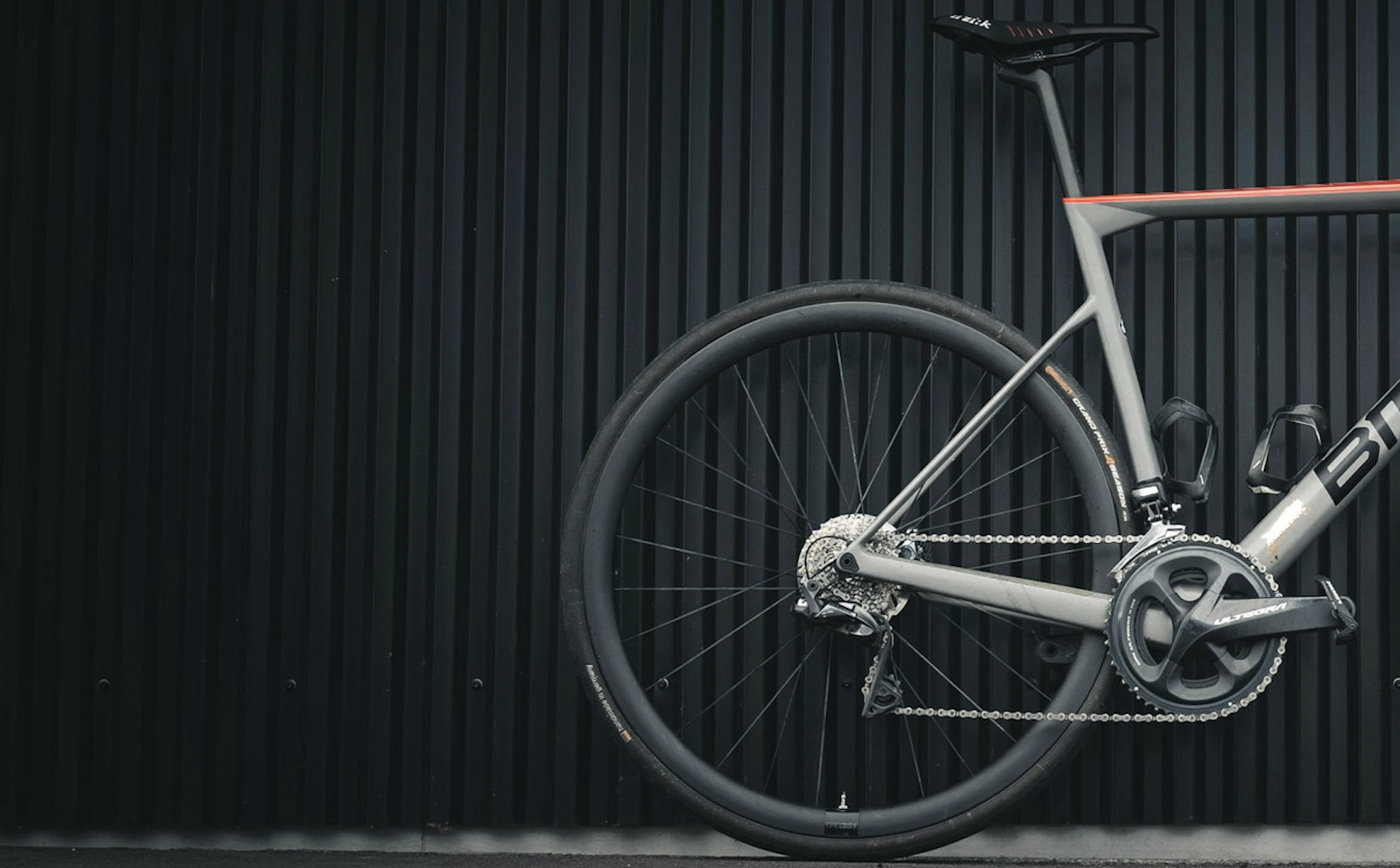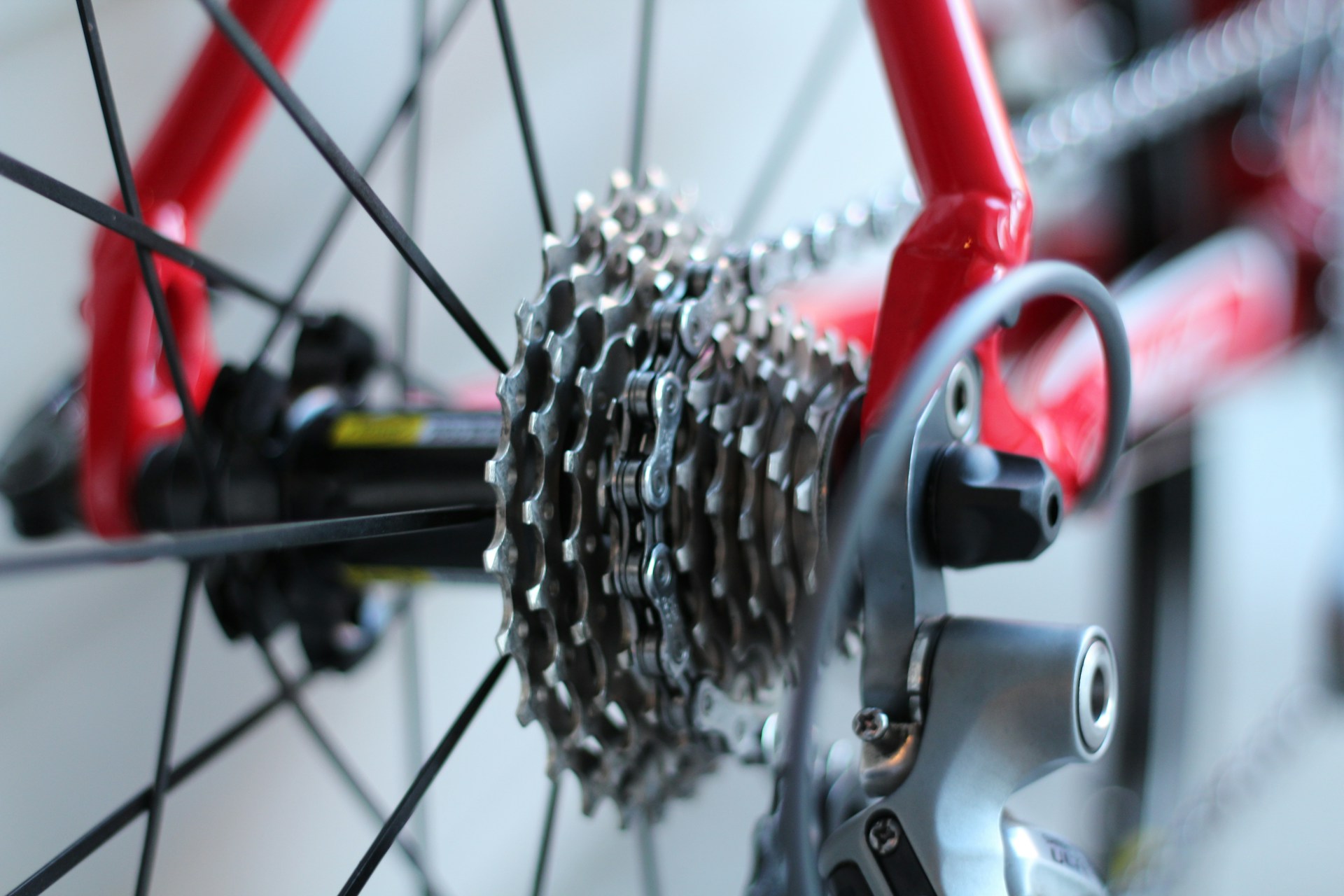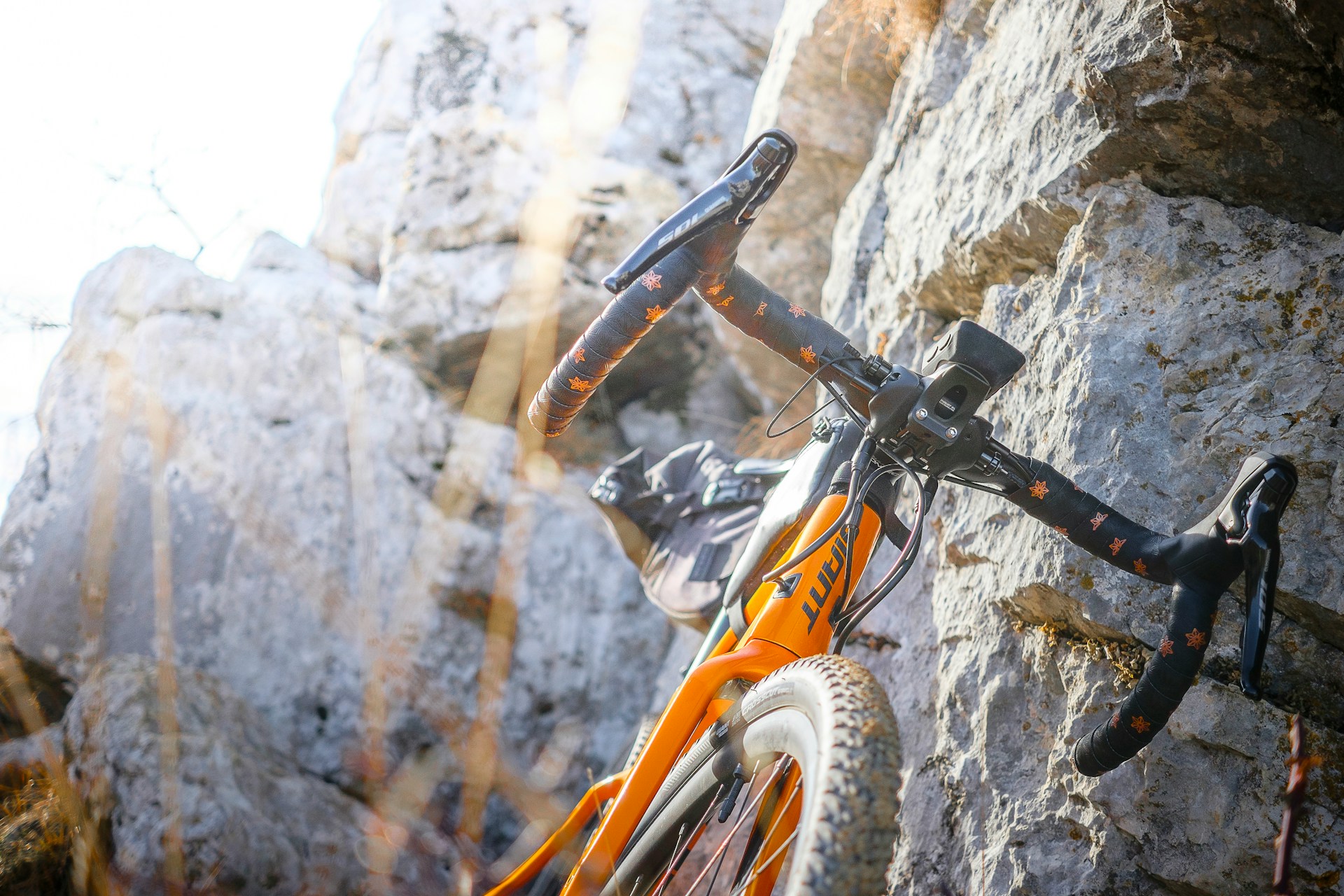
What Muscles Does Biking Work?
Are you trying to increase your endurance on lengthy rides or preparing for your next bikepacking trip? You can improve your setup for efficiency, train more intelligently, and recover more quickly if you know which muscles drive your pedaling.
Here’s what you need to know about the main muscles used in cycling—and how to use them to your advantage on your next adventure, whether you are a weekend traveler, an avid long-distance rider, or someone getting ready for a multi-day excursion.
Perhaps “What muscles does not a bike work?” is a better question. Almost every muscle in your lower body, core, and even certain upper body muscles are used while you cycle.
Lower Body
When cycling, your quadriceps are the first muscle you should focus on, followed by your glutes. Also, your hamstrings, calf muscles (the gastrocnemius and soleus), shins, or anterior tibialis, and hip flexors are additional leg muscles that are involved. To keep your hips and knees stable when you are not in the saddle, you also use your hip abductors (also known as the tensor fascia latae, or TFL) and adductors (inside thigh muscles). Yeah, that’s a lot of muscles!
Core
Cycling may not appear to work your core (which comprises your back and abdominal muscles) at first, but upon closer inspection, it is evident that it does, particularly when you are not riding. Core muscles stabilize your upper body all day, but especially when cycling out of the saddle. I first realized this, when I had a longer ride, with a bike that had a bit more of an aggresive geometry, which made me lean forward more, and once my hands started hurting, I realized that I needed to activate my core muscles more, so I could remove the tension away from my hands.
Upper Body
“Does cycling work the upper body?” is undoubtedly on your mind if you want a full-body workout. Your arms are largely in charge of assisting with balance when riding a bike inside, However, things change when you are outside, especially when riding a mountain bike. Described as the “core” of your upper body, the trapezius, rhomboids, and pectoral muscles are instrumental together with your triceps.
Getting Fit for Your Next Bikepacking Trip
Depending on the length of your trip, elevation and daily milage you may need to train your endurance, strength, and power before your trip. Now, I’m not a professional cyclist, but I can tell you this, you really don’t need to train for hours on end. What I usually do, is that I just start riding my bike more often and if I have some climbs on my trip, I’ll find some hills to train on and I’ll do that a couple of times a week. Because at the end of the day, I’m not doing it for a living, I’m doing it for fun! So if I have to push my bike up a hill, I’ll do it gladly!
Using a Daily Summary
I’m building a daily summary within VeloPacker, which allows users to see their total trip duration, distance, elevation etc., now this is going to work with the help of a GPX file, which you can get from Komoot for example. Of course, you can also see all of these details on Komoot, but the main reason I’m integrating it into VeloPacker, is that users will have all of their details right in the app, without having to switch back and forth between different apps. So that you can plan your trip, and pre-trip to do list, according to your trip details. This will help you to train more effectively depending on your trip details.
Once again, each time I write another article I get more and more excited about it! I’m working on it every day and I’m very excited to see it come to life!
Check Roadmap for latest updates and features and sign up to waitlist, to be one of the first to get the info, once it’s live!
Happy Riding!



